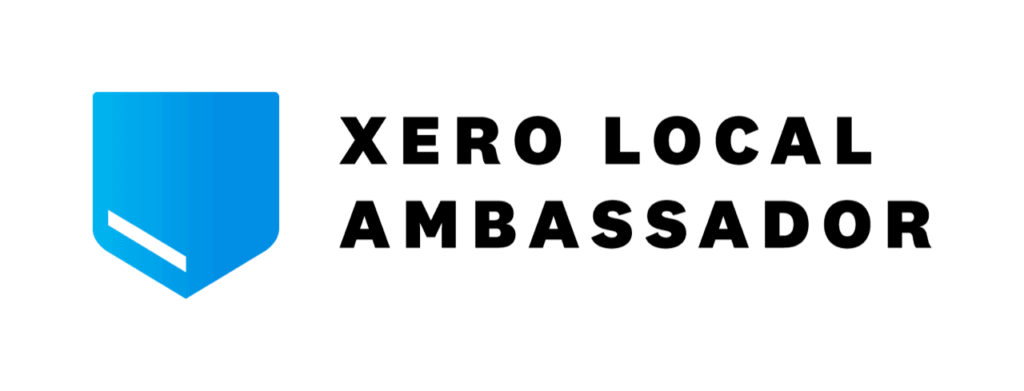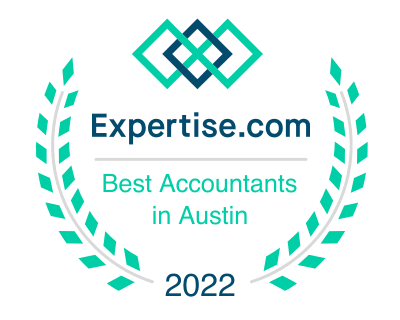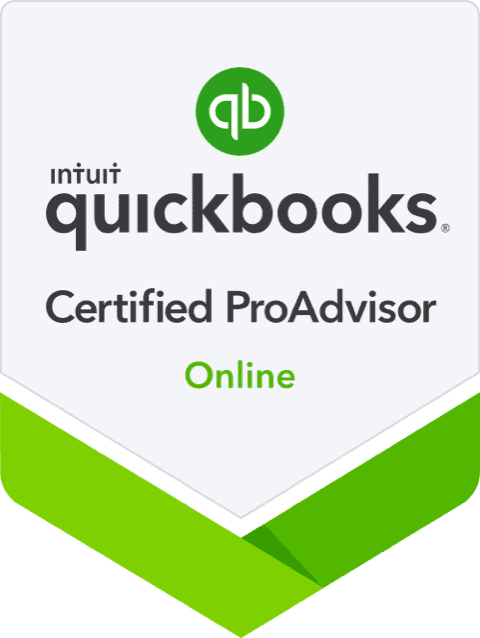Understanding Drivers of Revenue

Making better decisions, in both goods and services businesses alike, starts with understanding what drives revenue as well as cost drivers, which is critical to assessing your unit level and overall profitability.
What is a driver of revenue?
Drivers are a business’s direct inputs, or in other words, the things that revenue and direct costs depend on. To most effectively model and forecast these drivers, it’s critical to first identify the numbers that are most impactful to revenue and cost. To this end, we help business owners identify their 3 core drivers: unit-level price, cost, and expected quantities.
Two business examples:
A packaged goods company
WidgetCo, a consumer packaged goods company, wants to forecast operating results for the next 12 months, and they may know 1. expected top-line revenues, 2. estimated cost of goods percentage (an estimate of direct costs), and 3. other projected operating expenses. This alone would be sufficient to create an initial month-by-month forecast, but that forecast may lack the ability to adjust dynamically, and it may be more difficult to deliver meaningful insight as business scenarios update and evolve throughout the year.
A more efficient and useful approach is to build a driver-based forecast. To identify the 3 core drivers for WidgetCo, start with unit-level price: for simplicity, WidgetCo only sells one type of widget, at $100 per widget. Next, identify direct costs: WidgetCo uses $30 of materials per widget. Finally, identify expected quantities: they expect to sell 100 units next month. Now, the core of next month’s forecast can be built: $10k in sales ($100/widget x 100 units) minus $3k in direct costs of goods ($30/widget x 100 units) equals $7k in Gross Profit (see our blog post “The 2 most effective KPI’s… for more info on Gross Profit). Finally, subtract other monthly fixed operating expenses such as labor (assuming fixed salaried labor in this case), marketing costs, and office expenses, which in this case is $5k, so we project a profit of $2k for next month.
Now that we’ve built a driver-based forecast, any updates and/or new scenarios that affect WidgetCo going forward can be dynamically and accurately modeled without the business owner having to redo the math every time. WidgetCo can now quickly see and answer questions like “How does $130 price affect profitability?”, or “Our materials cost will surge to double its current rate in July, how does that affect bottom-line profit for the year?” because we can simply adjust the relevant drivers. Put another way, the core drivers are now the base of the Forecasting toolkit.
A service-based company
ServiceCo, a professional services company, wants to forecast operating results for the next 12 months, and they know 1. expected top-line revenues, 2. estimated cost of sales percentage (an estimate of direct costs), and 3. other projected operating expenses. This alone would be sufficient to create an initial month-by-month forecast, but as mentioned in the first example, the forecast may be less dynamic and less able to deliver meaningful insight as business scenarios update and evolve throughout the year.
Once again, a more efficient and useful approach is to build a driver-based forecast. To identify the 3 core drivers for ServiceCo, start with price: for simplicity, ServiceCo only sells one type of service, billed at $100 per hour. Next, identify direct costs: For direct work, ServiceCo employs hourly employees that are paid at $30/hour. Finally, identify expected quantities: ServiceCo expects to bill 100 hours next month. Now, the core of next month’s forecast can be built: $10k in sales ($100/hour x 100 hours) minus $3k in direct costs of sales ($30/hour wage x 100 hours billed) equals $7k in Gross Profit (see our blog post “The 2 most effective KPI’s… for more info on Gross Profit). Finally, subtract other monthly fixed operating expenses (such as salaried wages, marketing costs, office expenses), which in this case is assumed to be $5k, so we project a profit of $2k for next month.
Now that we’ve built a driver-based forecast, any updates and/or new scenarios that affect ServiceCo going forward can be dynamically and accurately modeled without the business owner having to redo the math every time. ServiceCo can now quickly see and answer questions like “How does $130 price per hour affect profitability?“, or “We’d like to give $10/hour raises to all hourly employees, how does that affect bottom-line profit for the year?” or “What do various package (fixed) price models look like in terms of bottom-line profitability?“. By using our driver-based model, we can most quickly provide transparency and recommendations to help answer these types of questions and ultimately help business owners make better planning decisions.
You might be thinking, “My business has a much more complicated or different revenue and cost setup compared to WidgetCo or ServiceCo…”. A totally fair point, and by using the driver-based approach described above, we can get as detailed as necessary to deliver the most accurate, timely and dynamic projections for even the most complicated of structures. At Strata Cloud, we’re the financial experts who guide and manage the Forecasting & Budgeting Process, you simply help us fill in the details.
We use Spotlight financial modeling software for our CFO Forecasts, here is an example driver-based Forecast to see the output. We meet (virtually) with our clients to review, make recommendations and refine Forecasts, ensuring the information is most relevant and useful to make the best decisions.
Get in touch with one of our CFO experts today to gain a deeper understanding of your business‘ revenue and cost drivers!
By Kyle Smith, CPA







